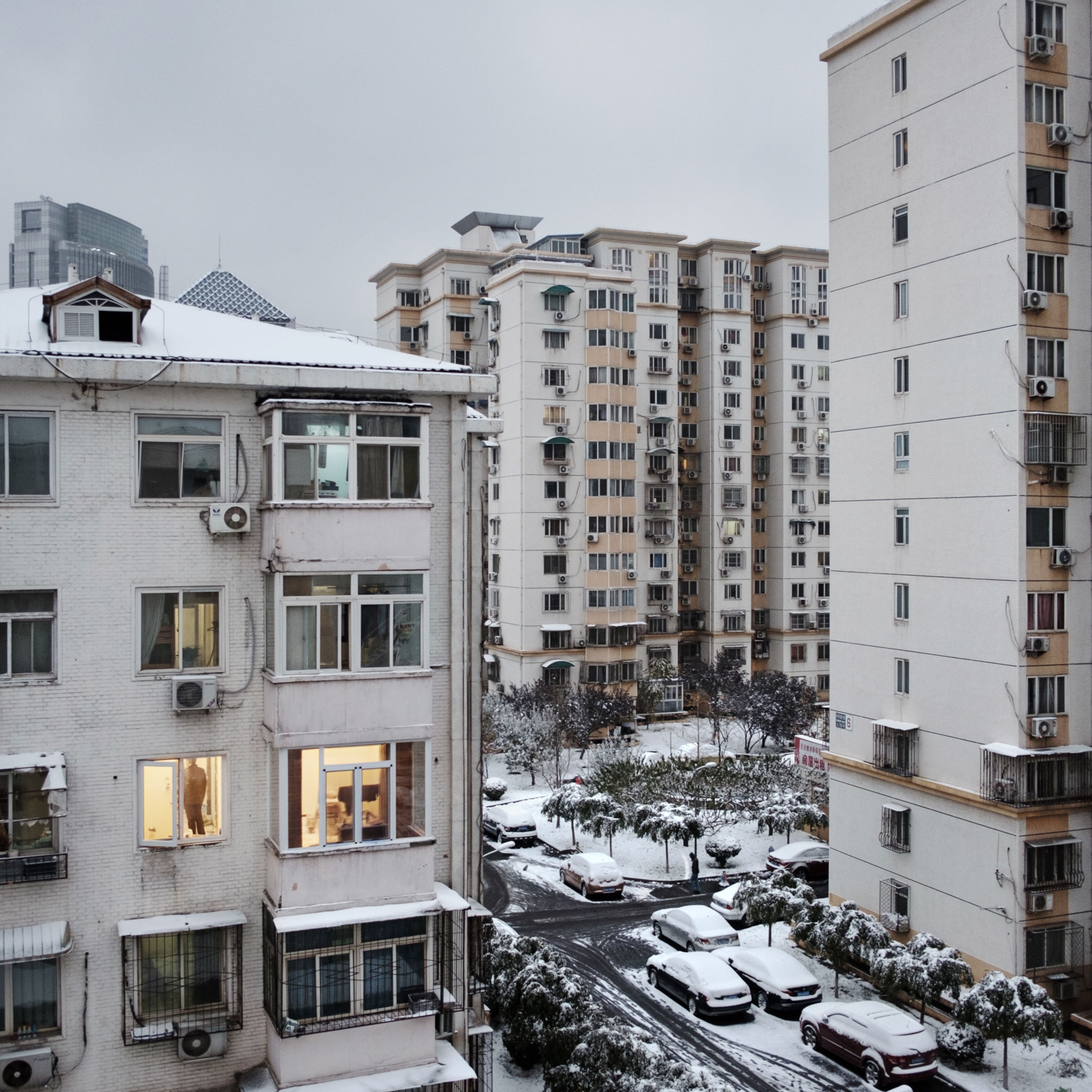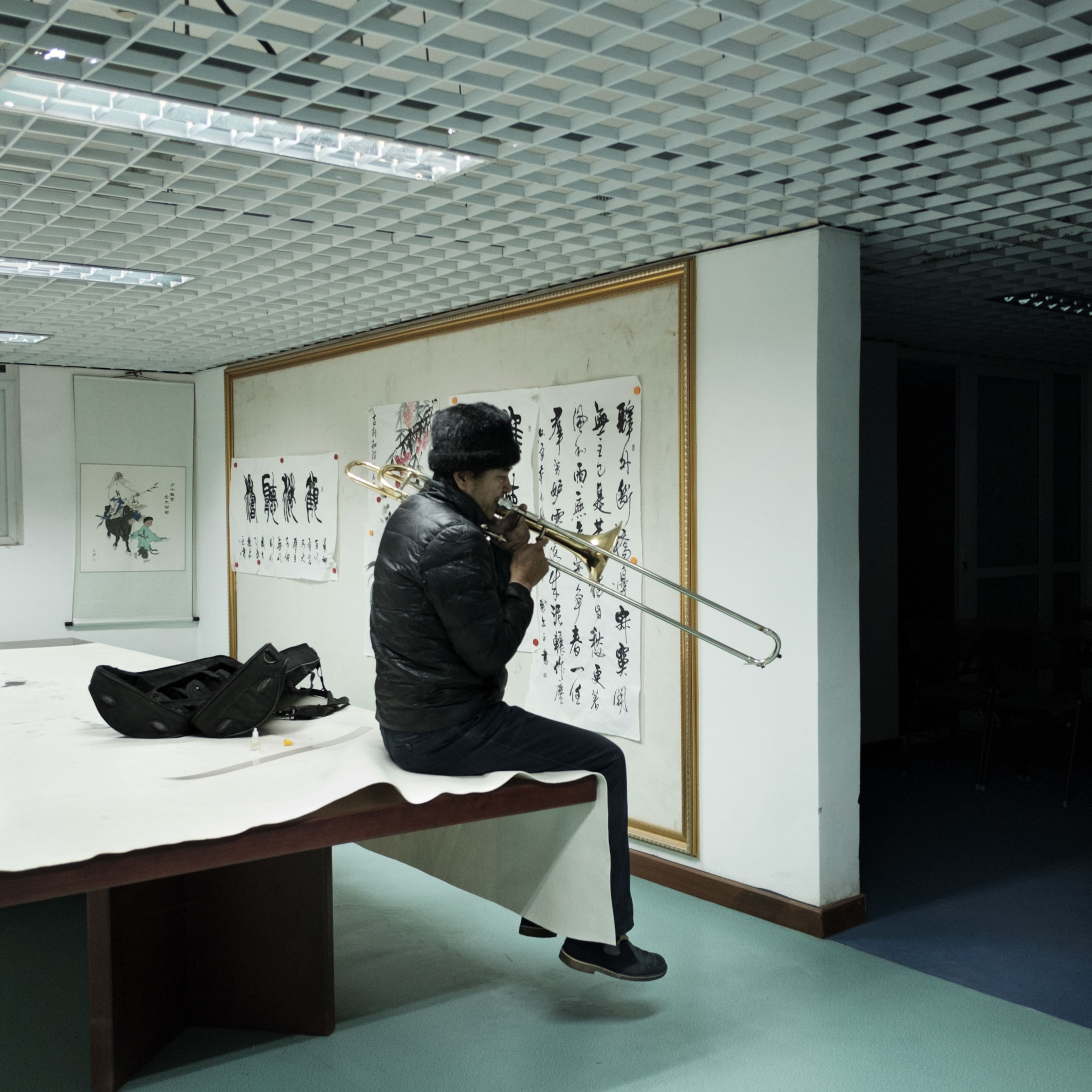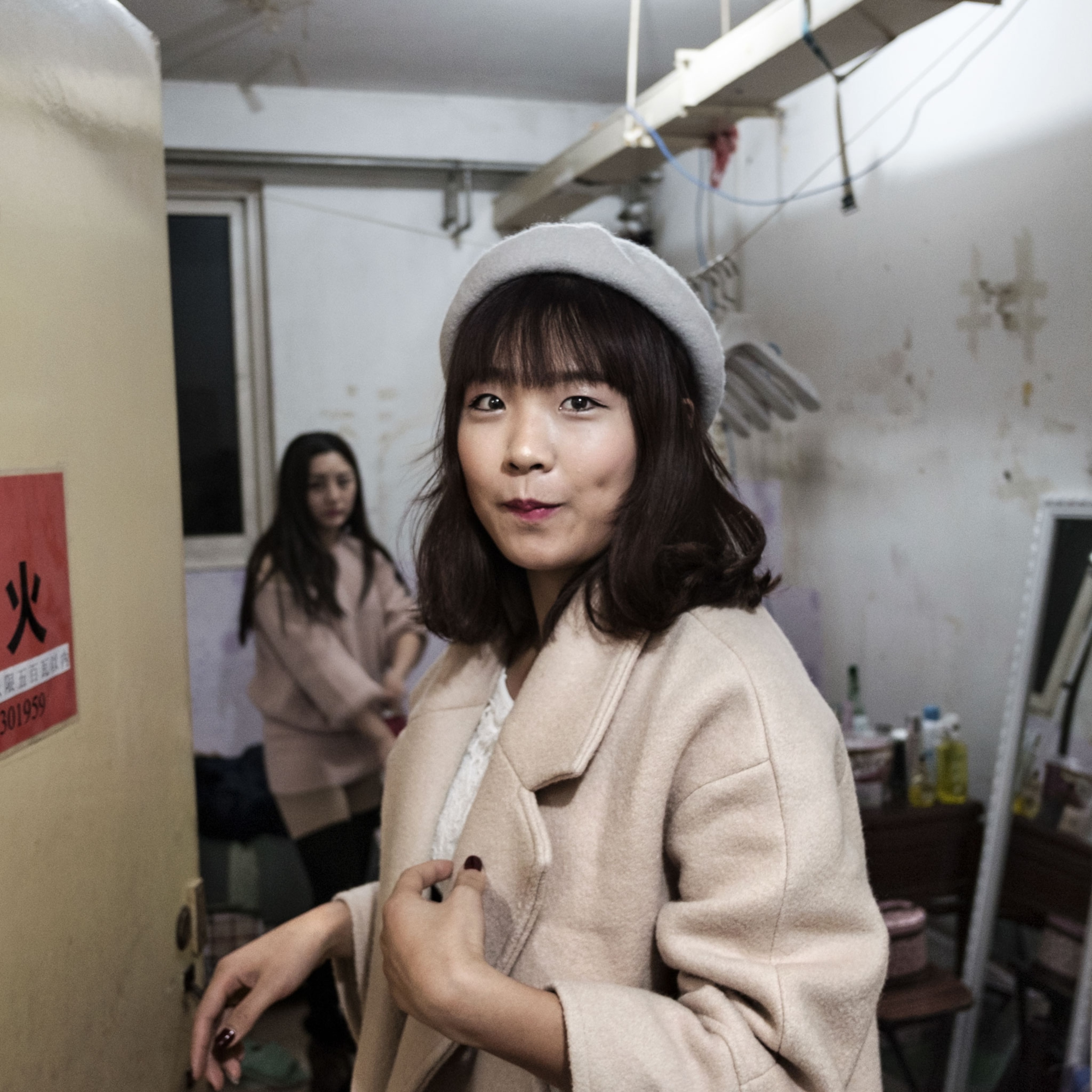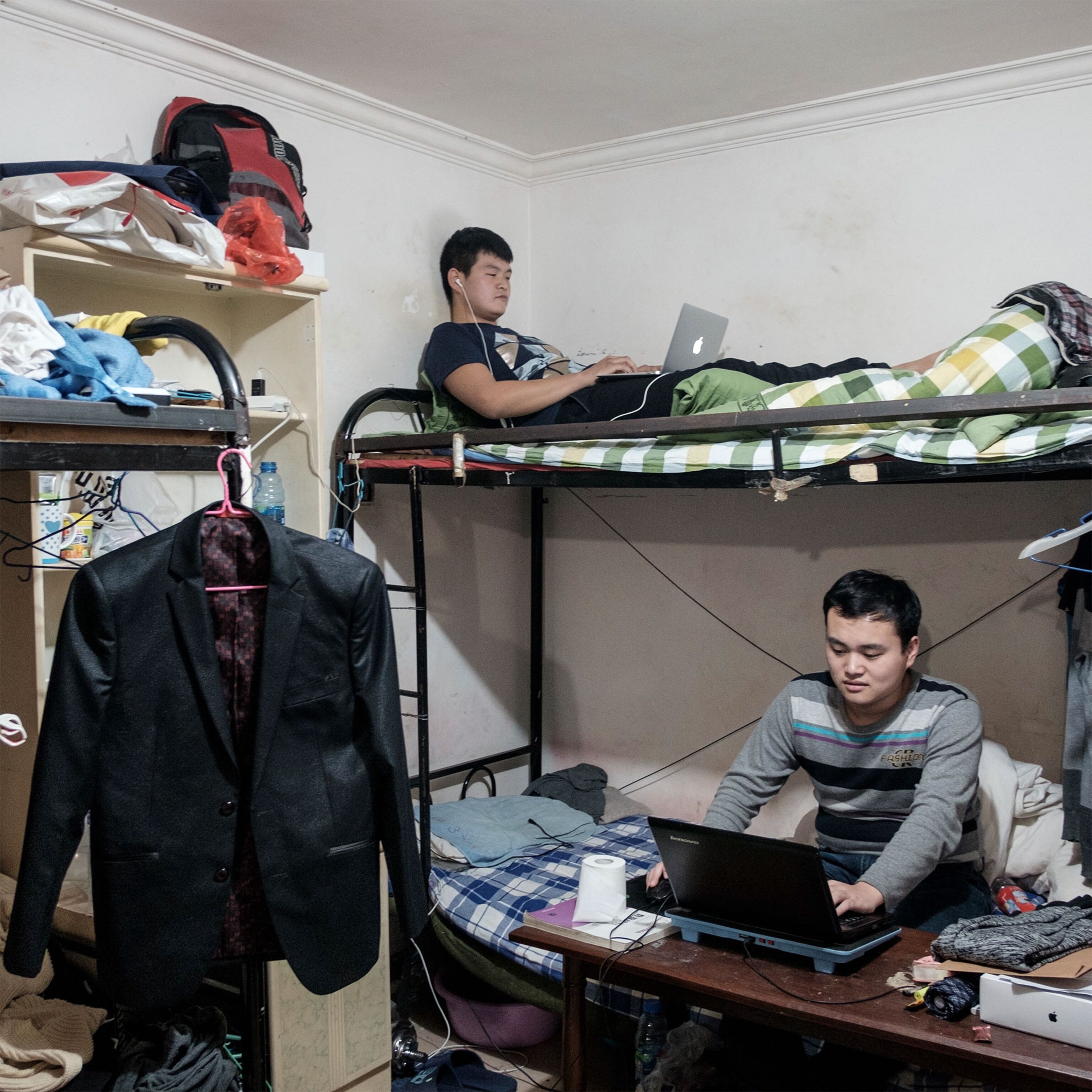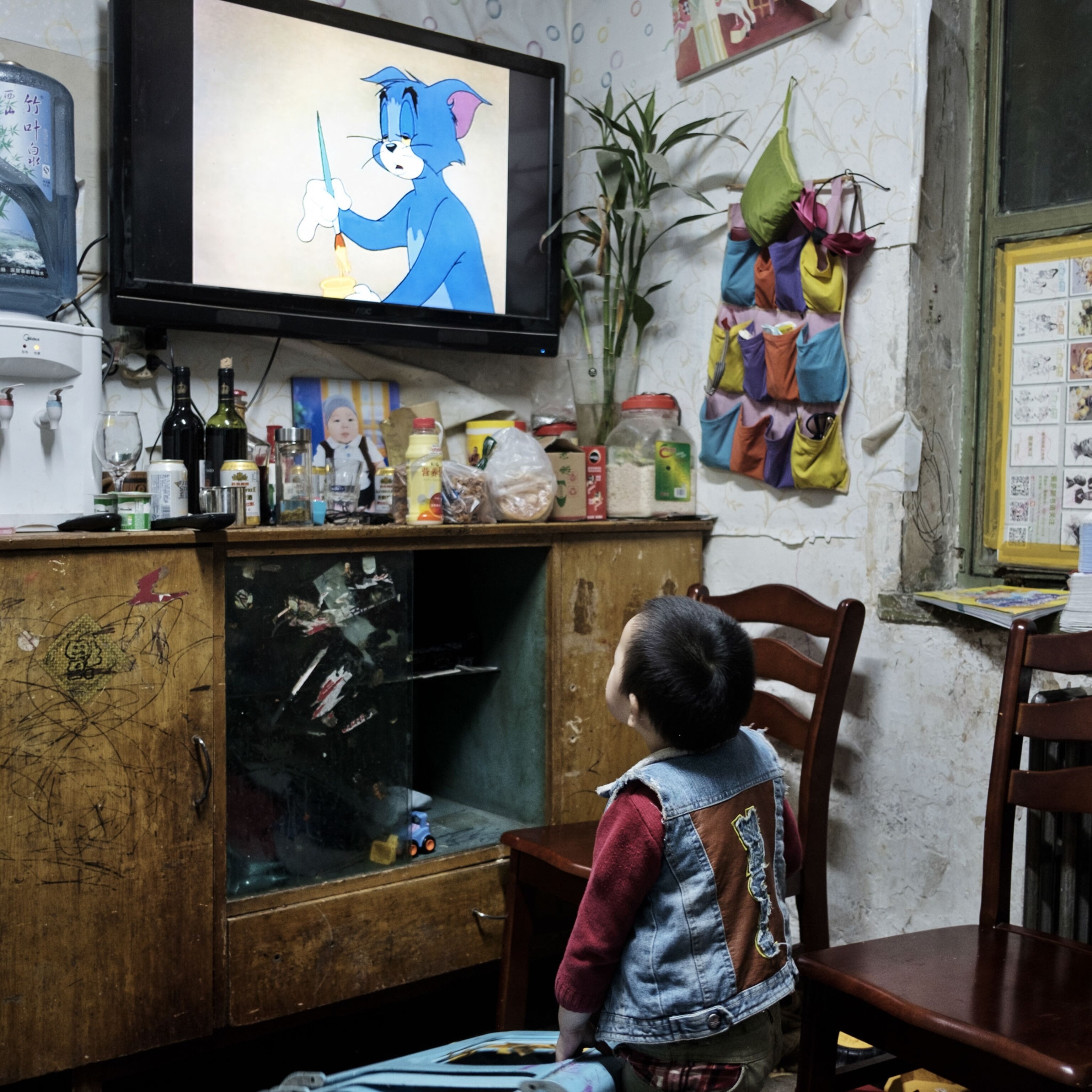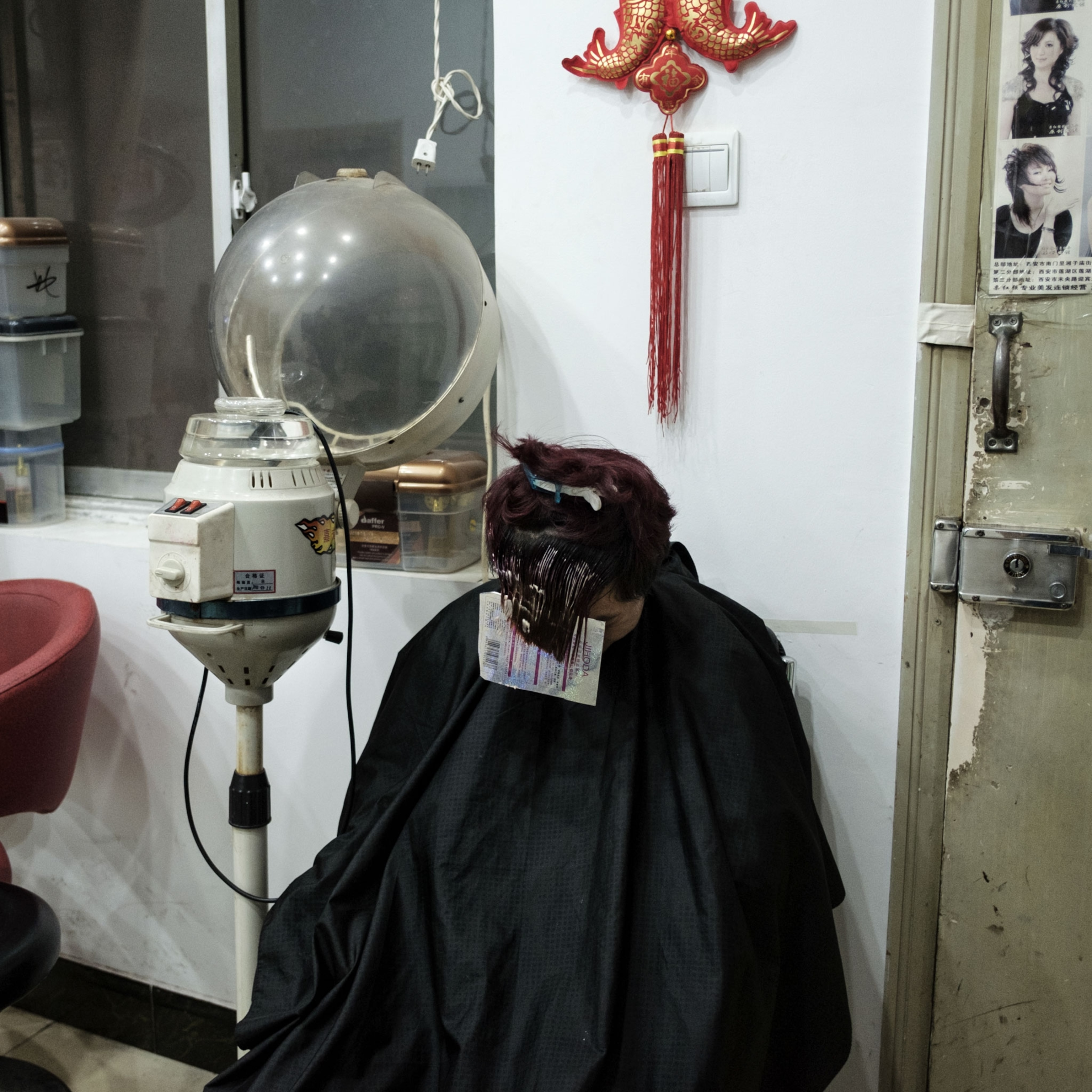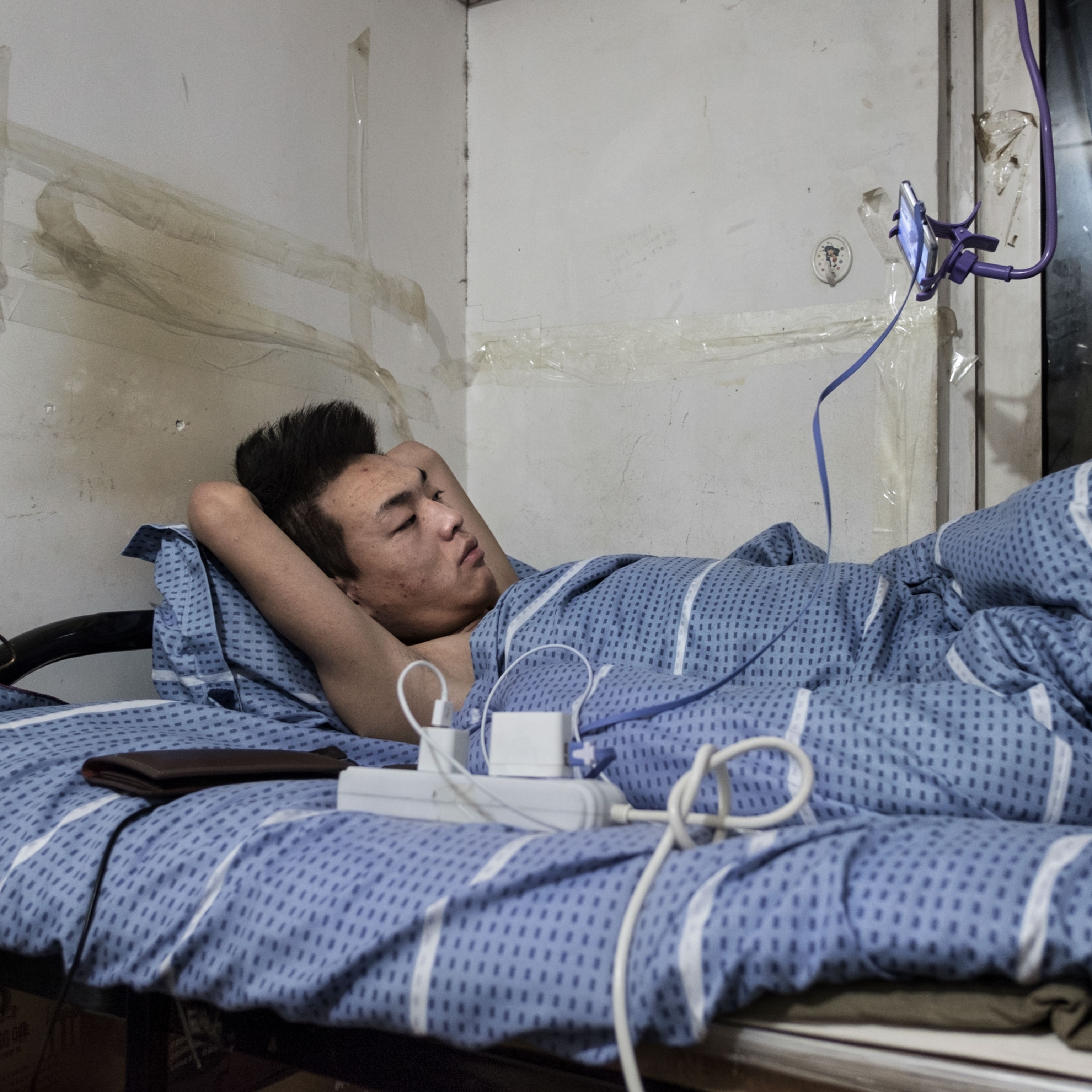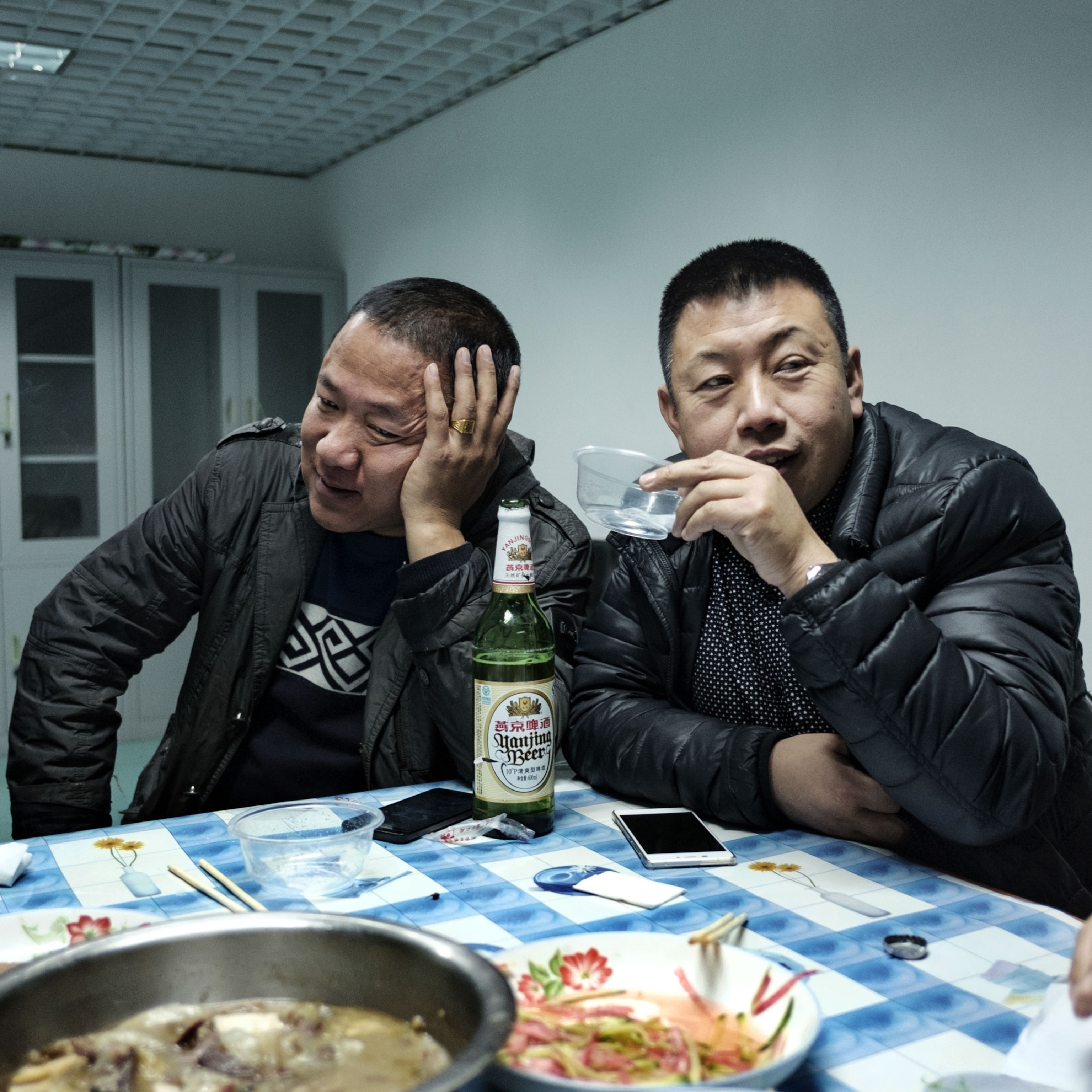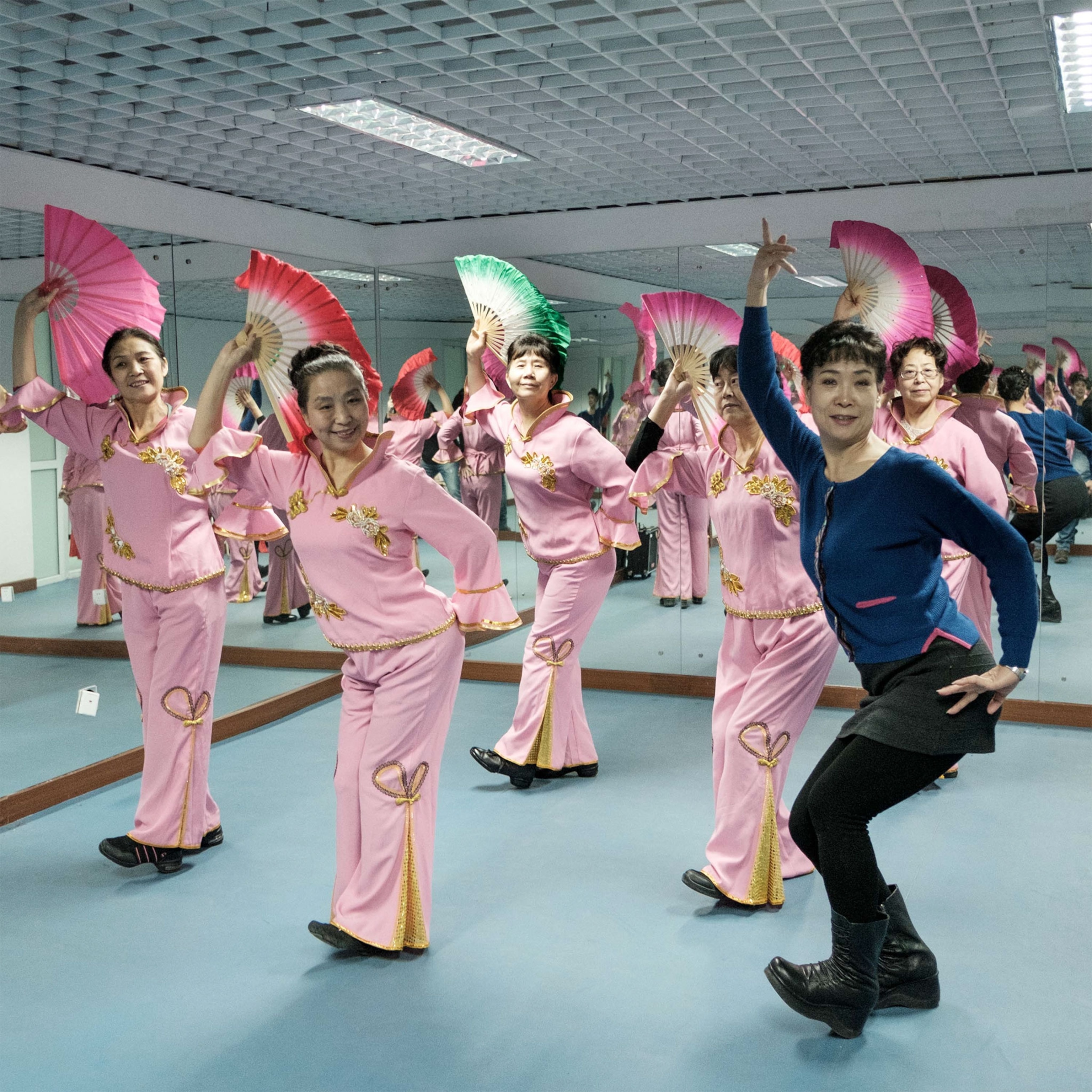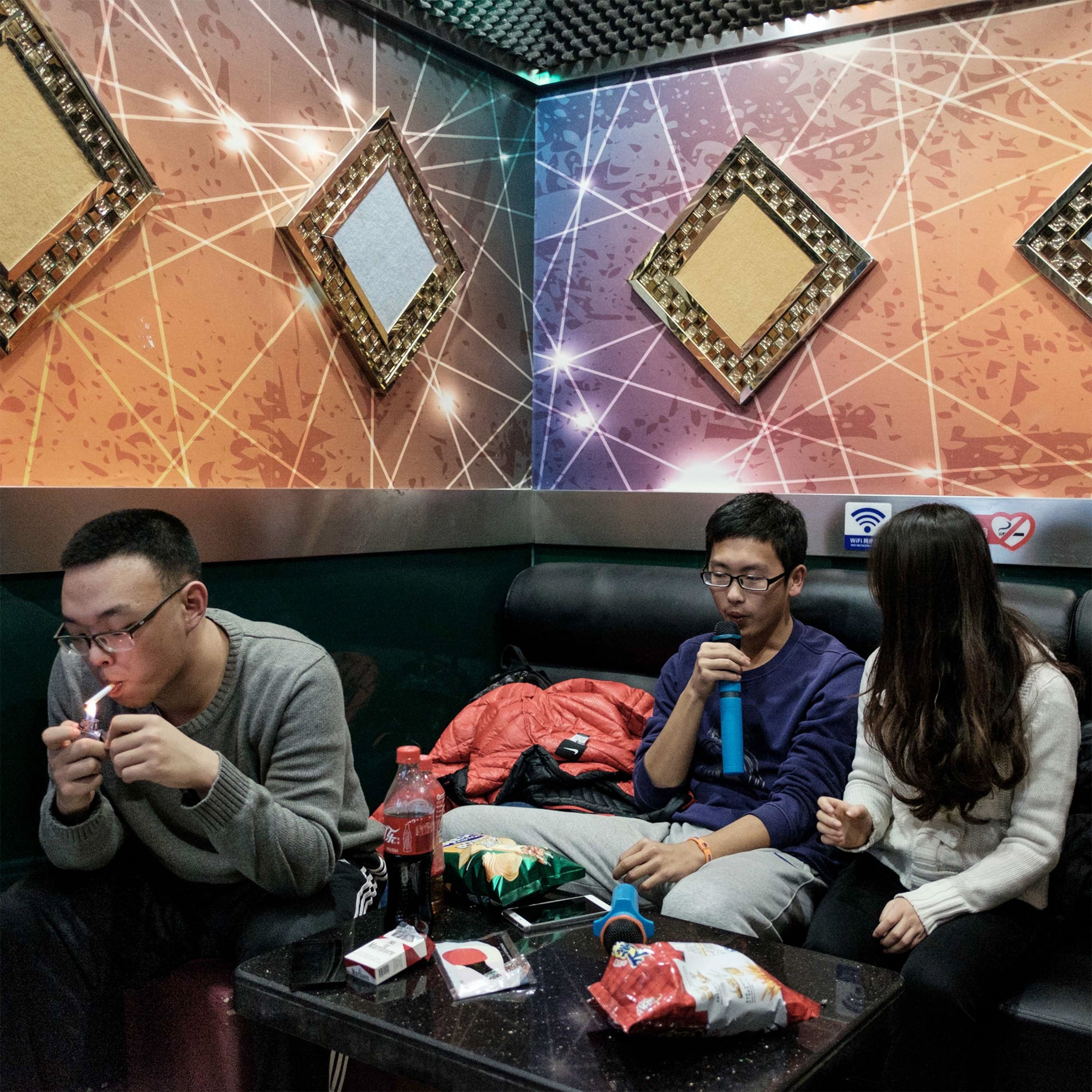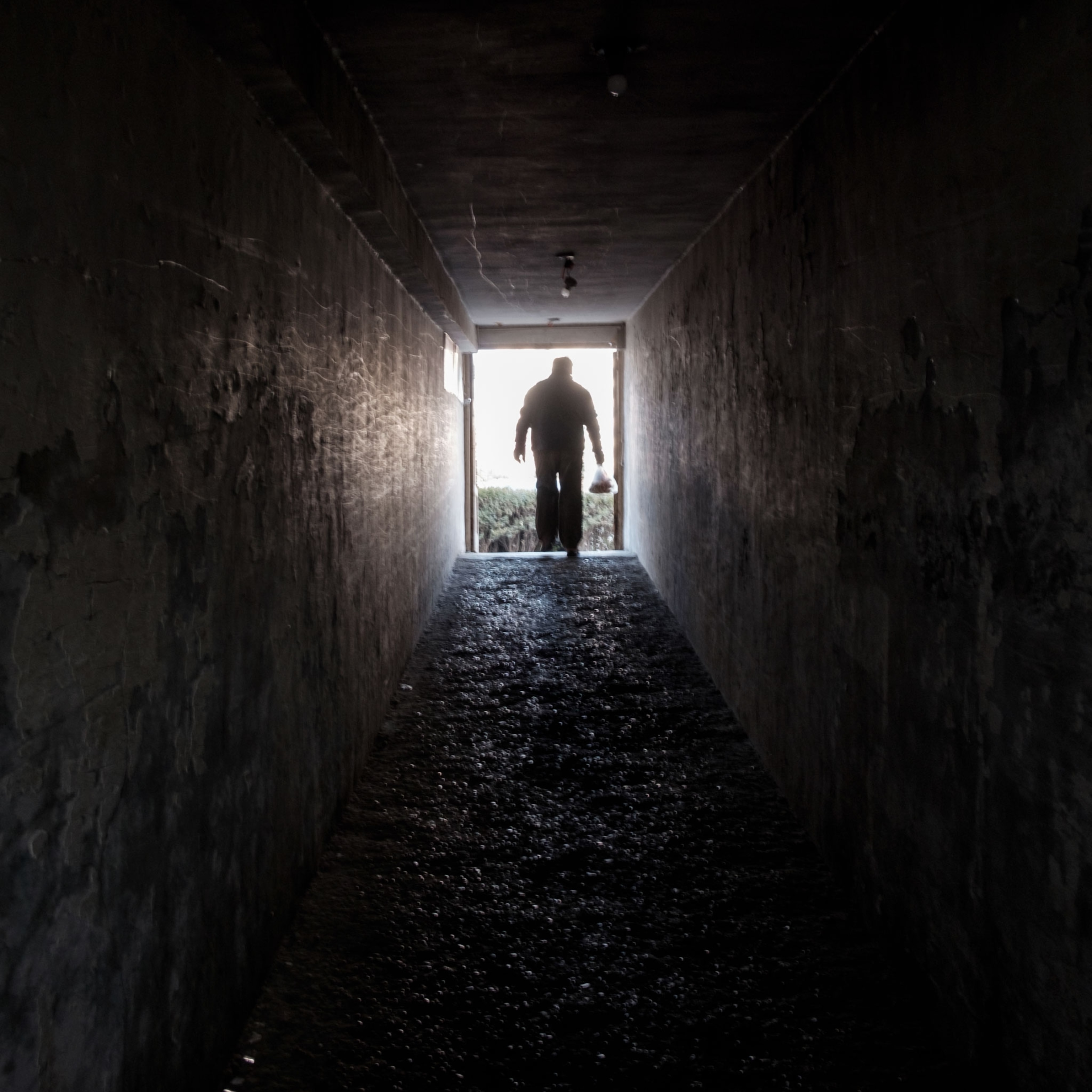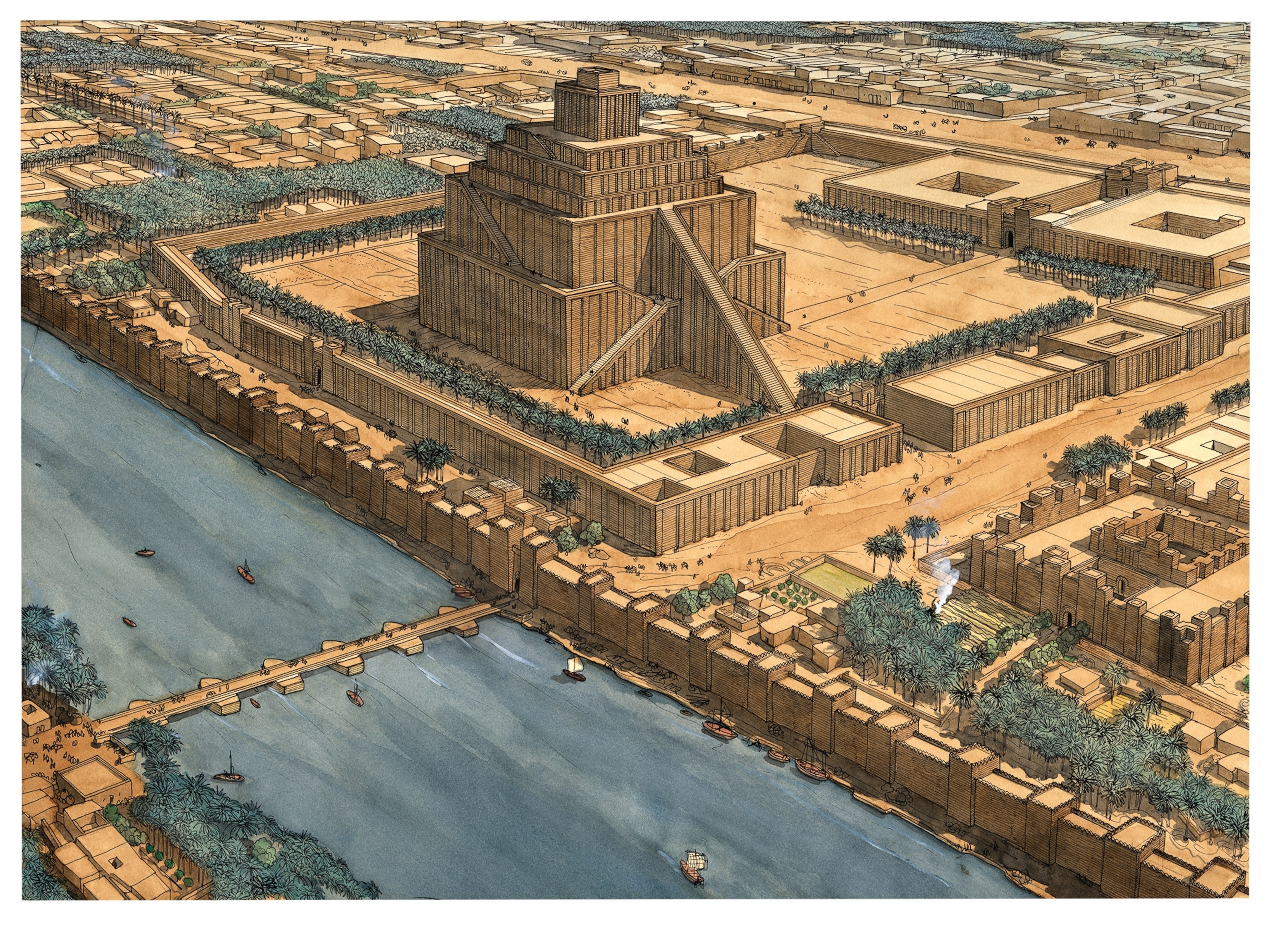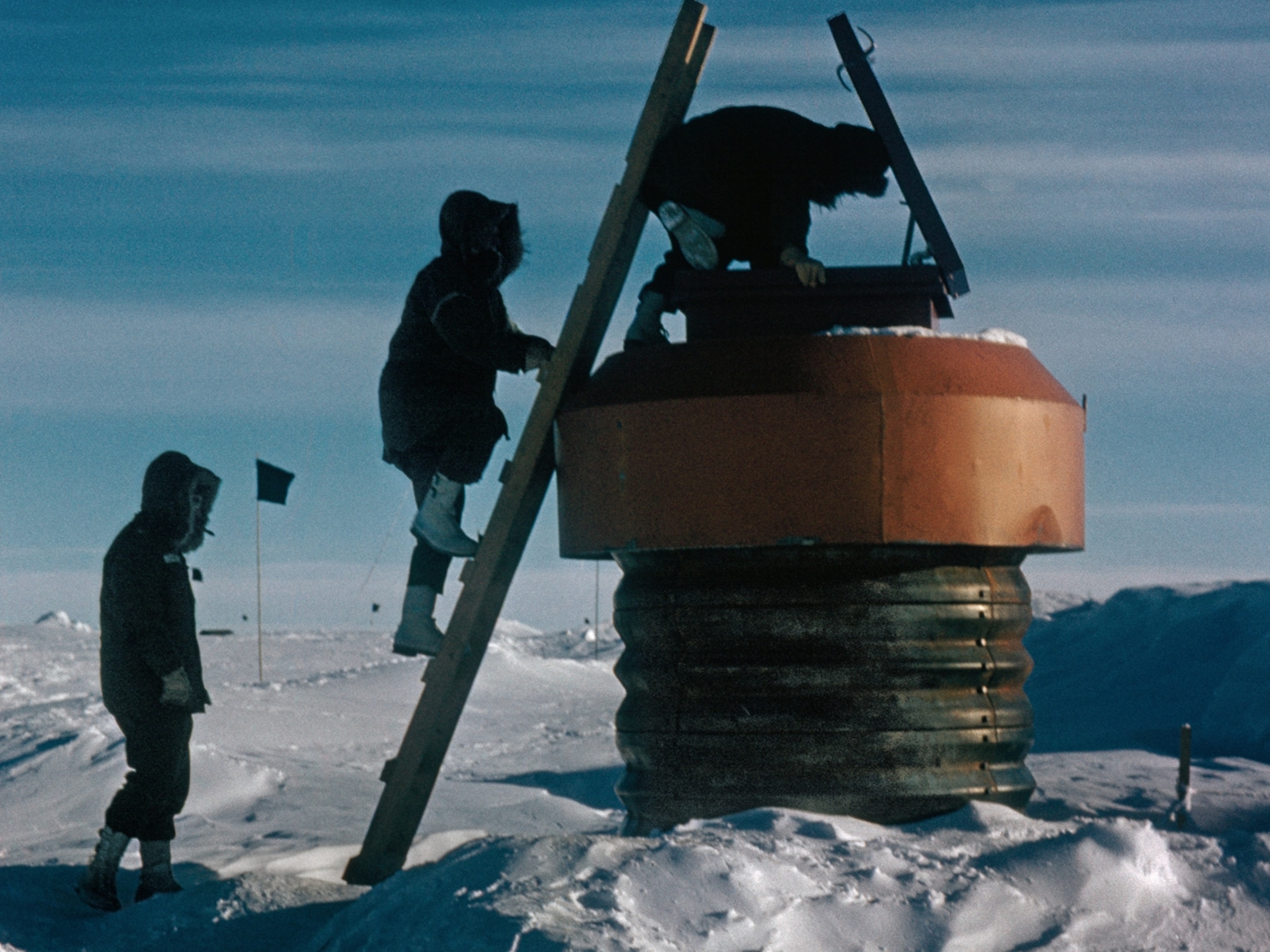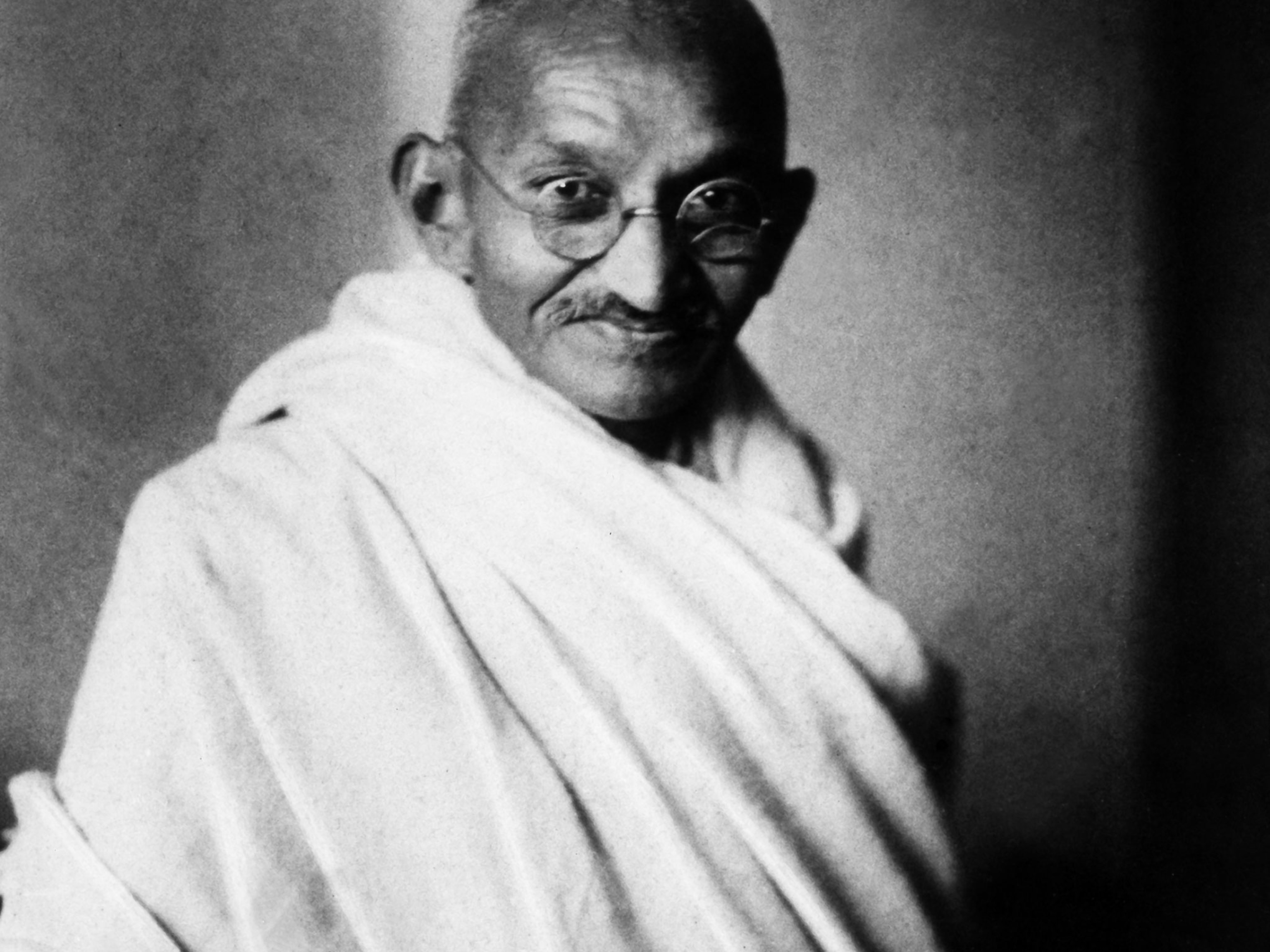A Million People Live in These Underground Nuclear Bunkers
Beneath the streets of Beijing, people live in an underground universe constructed during the Cold War era.
In the late ’60s and ‘70s, anticipating the devastation of a Cold War-nuclear fallout, Chairman Mao directed Chinese cities to construct apartments with bomb shelters capable of withstanding the blast of a nuclear bomb. In Beijing alone, roughly 10,000 bunkers were promptly constructed.
But when China opened its door to the broader world in the early ’80s, Beijing’s defense department seized the opportunity to lease the shelters to private landlords, eager to profit from converting the erstwhile fallout hideaways into tiny residential units.
Now when night falls, more than a million people—mostly migrant workers and students from rural areas—vanish from Beijing’s bustling streets into the underground universe, little known to the world above.
Fascinated by the phenomenon, Italian photographer Antonio Faccilongo arrived in Beijing to document it in December 2015. Although the bunkers are not hard to find—they are located in virtually all parts of the city—getting access proved to be difficult.
It seemed everywhere Faccilongo went, a neighborhood security guard would turn him away, citing a law barring foreigners from entering such nuclear refuges. Dismayed, he submitted an official request with the local government, which was rejected. Finally, Faccilongo slipped by when guards were off-site for lunch.
But even after Faccilongo attained access, he found many residents wary, in some cases embarrassed, of being photographed.
“I met around 150 people, and only 50 gave me permissions [to photograph them],” Faccilongo says. “Some of them are afraid because they told their families [back home] that they have good jobs and are living in good apartments.”
The living conditions in the bunkers are indeed harsh. Although they were built with electricity, plumbing and a sewage system in order to shelter people for months in wartime or fallout, the lack of proper ventilation makes the air stagnant and moldy. Residents share kitchens and restrooms that are often cramped and unsanitary.
Local laws require a minimal living space of 4 square meters (43 square feet) per tenant, which, in many cases, go ignored. One of Faccilongo’s photographs pictures 4-year-old Jing Jing, who lives with her grandmother, father and younger brother in a room so tiny that only a bed can fit. Their home is next to a larger space used as a parking lot for motorbikes. “This is one of the poorest places I went to,” Faccilongo says.
In 2010, grappling with issues of landlord neglect and safety hazards, Beijing prohibited nuclear shelters and other storage spaces for residential use, but the clean-up efforts have been difficult and fruitless thus far. The main reason—the bunker residents have nowhere to go.
Over the past few decades, Beijing has witnessed skyrocketing housing prices. On average, one square meter (10.8 square feet) of residential real estate costs $5,820, making it the world’s third most expensive city to live in.
Millions have nonetheless migrated from rural areas to the capital in search of better opportunities. But Hukou, an outdated household registration system, ties an individual's welfare benefits to their places of origin.
And with limited access to public, affordable housing, nuclear bunkers are one of the few feasible options for migrant workers. Faccilongo says a small unit can go for as little as $40 a month, and larger, dormitory-style rooms capable of housing as many as 10 people, can be afforded for as little as $20 a month.
Many of the residents are aspiring youth who believe that underground dwelling is just a transitional phase of their life until they gain the financial means for a room with windows and sunlight.
Another phenomenon of recent years has been organizations converting empty shelters into community centers. Faccilongo has encountered spaces transformed into a dining room, a billiard room, a karaoke and a calligraphy school.
These centers provide residents living in Beijing’s concrete jungle an opportunity to mingle across societal classes that are otherwise somewhat rigid and imposing. Or as Faccilongo puts it: The bunkers have become a unifying force in the society, where “both poor and rich” find homes.

